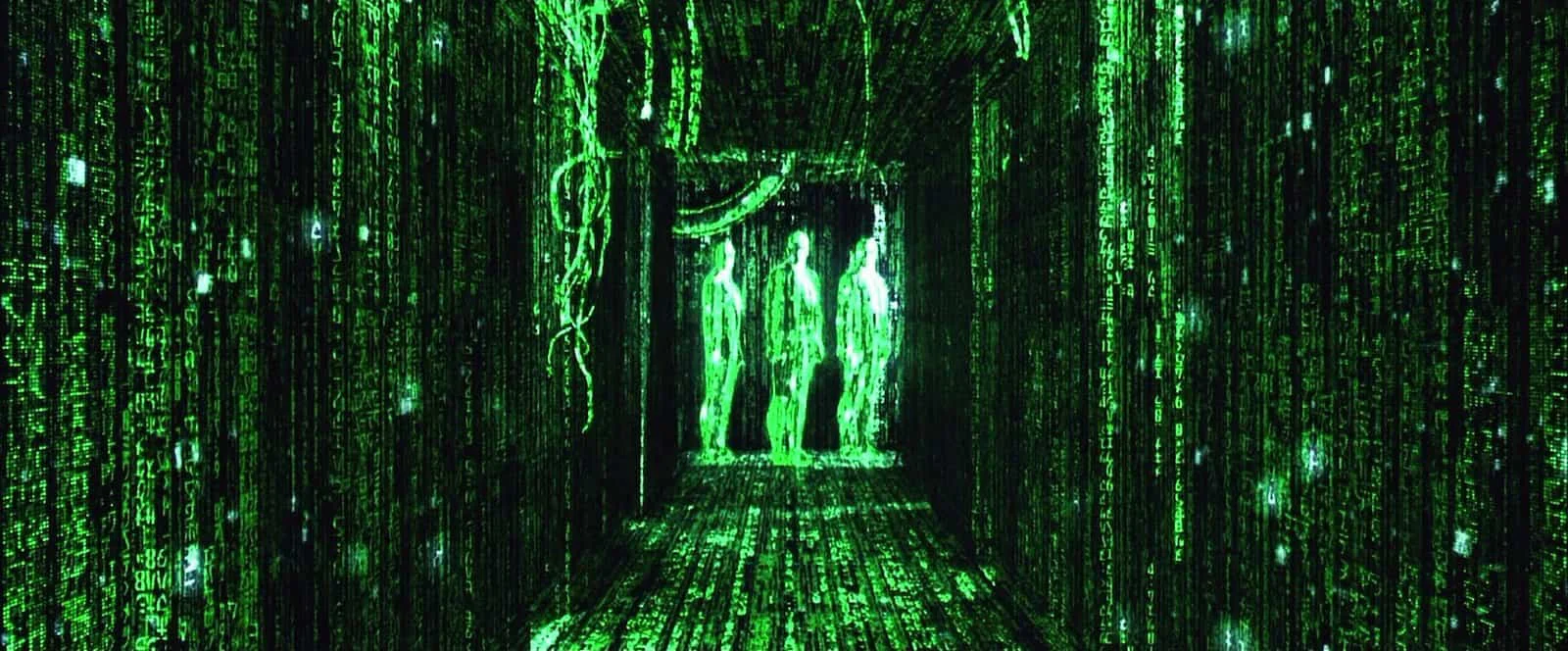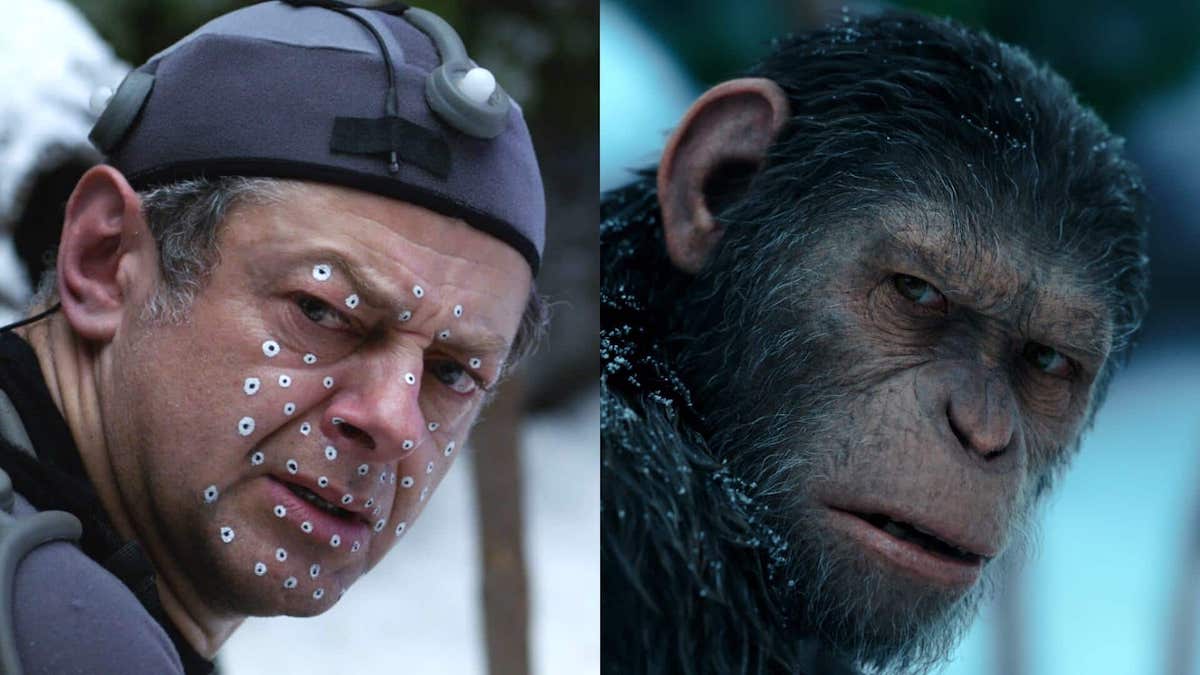Thanks to movies and television, we’ve all experienced fantastical worlds that could never exist on our Earthly plane. Even if we don’t typically enjoy the fantasy genre, we’ve definitely seen these effects in action — whether in cinema, commercials or even video games. This post explores how to create these worlds using visual effects. So what is VFX? How and why do filmmakers use it? We’ll explore VFX by defining the term with epic examples from some of your favorite films.
Vfx Meaning
Define visual effects and VFX meaning
VFX stands for visual effects, which can be shortened to visual FX. The use of visual effects in movies and TV has increased exponentially over the past few decades. What used to be reserved for spectacular science fiction movies and big-budget action movies can now be found in your everyday Rom-com.
There are three main types of VFX that we'll explain in a minute. But before we show you some examples, let’s define visual effects.
VFX DEFINITION
What is VFX?
Visual effects (VFX) is a term used to describe imagery created, manipulated, or enhanced for any film, or other moving media that doesn't take place during live-action shooting. VFX often involves the integration between actual footage and this manipulated imagery to create realistic looking environments for the context. These environments created are either too dangerous to actually shoot, or worlds that just don’t exist. They use computer-generated imagery (CGI), and particular VFX software to make it happen. VFX producers communicate with directors and cinematographers to determine which scenes require them to shoot with green screens.
Visual effects are different from special effects because visual effects require a computer and are added in after shooting. Special effects, or SFX are realized on set — they are things like purposeful and controlled explosions, fake gunshot wounds, etc.
An example of VFX would be the dragons flying through the sky in Game of Thrones, or a spaceship flying through space in Star Wars.
COMMON VFX SOFTWARE:
- Adobe After Effects
- Maxon Cinema 4D
- Autodesk Maya
- Syntheyes
- 3Ds Max
- Houdini
- Boujou
- Mocha
- Nuke
What Is VFX In Movies
Types of visual effects in film
As mentioned above, there are many aspects to the VFX process but they can all be organized into three main types: CGI, compositing, and motion capture. Each of these either takes place after principal photography or simultaneously in a dedicated and controlled studio (e.g., a mocap studio).
Visual effects artists use tools that help in all capacities of blending the line between "real" and "unreal." One such tool is called an HDRI (high dynamic range image) as explained in this Vox video.
Whats a VFX tool we should all be using? Try an HDRI
But while the tools of the trade are changing all the time, the end goal is always the same — to make something fake look real. There is a lot of overlap between the various types of visual effects in film but let's go through them separately to see how they work.
CGI VFX
Computer generated visual effects
At this point, CGI (computer generated imagery) is a ubiquitous type of visual effects. And it's easy for people, especially those outside the film industry, to lump all visual effects under the banner of CGI. Granted, computers are necessary for nearly all forms of visual effects these days so it's an easy assumption to make. But the difference between VFX and CGI is clear.
For our purposes, CGI is imagery made completely within computers and other types of visual FX use them to enhance or combine live action footage. The easiest example to choose is CG animation, which has been dominated by Pixar for the past three decades. Take a look at the evolution of their CGI capabilities throughout the years.
CGI VFX, as demonstrated by the pros at Pixar
So, while CG visual effects need only computers, let's move onto to other types of effects that use them to augment live action.
Shooting for VFX
Compositing and green screen VFX
The art of compositing is defined by combining multiple images into a single image. One example of this can be to use double exposure like in the still-amazing opening sequence for True Detective.
Double exposure in True Detective
Beyond double exposure, the most prevalent and best-known compositing technique is shooting with green screen (or blue screen). This process is called chroma keying and the simplest definition is that a solid background color is replaced with a new background image.
Team Green Screen Assemble!
And now, let's move onto the final type of visual effects that combines the power of CGI and the authenticity of live action — motion capture.
The Future of VFX Movies
Motion capture visual effects
Similar to the old fashioned technique of rotoscoping, visual effects artists today can use live action reference to create more realistic CGI. This process is called motion capture (or mocap). The technology has been around for a number of years but the capabilities seem to leap even further every year.
Here are some highlights from recent VFX movies.
MoCap Highlights • VFX In Movies
Now that we've reviewed the basic categories of visual effects, let's see them in action. The following are some recent and exceptional usages of VFX in movies.
Visual Effects in Movies
VFX examples in movies
So, how do VFX artists, producers, and editors employ these effects?
Well they’re the ones who, in post-production, use CGI to create the impossible imagery you see in cinema. This has become increasingly common in bigger budget films.
Let’s take a look at some examples:
Dumbo (2019)
Disney isn’t messing around. They’re going full force in their live-action remakes. And because most of them deal with talking animals, all of them have some equally incredible visual effects.
Tim Burton’s re-imagination includes a photorealistic elephant that began as clay models that were scanned into computers for animation.
VFX in Dumbo
Dawn of the Planet of the Apes (2014)
Using a mixture of motion-capture footage and hand-drawn animation, Weta Digital wanted to capture the most authentic performances as possible.
Exceptional visual effects in Dawn of the Planet of the Apes
The Matrix (1999)
This film raised the bar for cinematography in multiple ways. There is an iconic scene where Keanu’s character dodges a bullet. Watch the scene below.
Capturing "bullet time" VFX in The Matrix
How did they do it? This frozen moment executed by VFX Supervisor, John Gaeta, employed something called “bullet time.” Gaeta worked with the directors and cinematographer to place 122 still cameras around Reeves, then triggering them in sequence.
But in order to make sure the cameras weren’t visible, he needed to create photorealistic sets so the cameras could be removed.
"Bullet time" VFX broken down
Also, the computer code on screen was something not previously done, or at least, done well.

Iconic visual effects for on-screen code in The Matrix
Gaeta, and Kim Libreri, a second VFX supervisor, and the rest of the team, were able to give the audience this idea of “thinking in code.”
Extra Resources
Of course, you can't learn VFX by simply watching movies. Luckily for you, there are a ton of VFX courses you can take online to learn the technicals. Lynda.com has a great VFX course, and Udemy’s VFX course is equally impressive.RELATED POSTS
Up Next
Green screen like a pro
We briefly mentioned VFX using green screens in this article. Let’s go a little deeper and understand how you can use them for your projects. It’s not overly complicated, but does require considerable planning.
Up Next: How to use a green screen →
Showcase your vision with elegant shot lists and storyboards.
Create robust and customizable shot lists. Upload images to make storyboards and slideshows.
